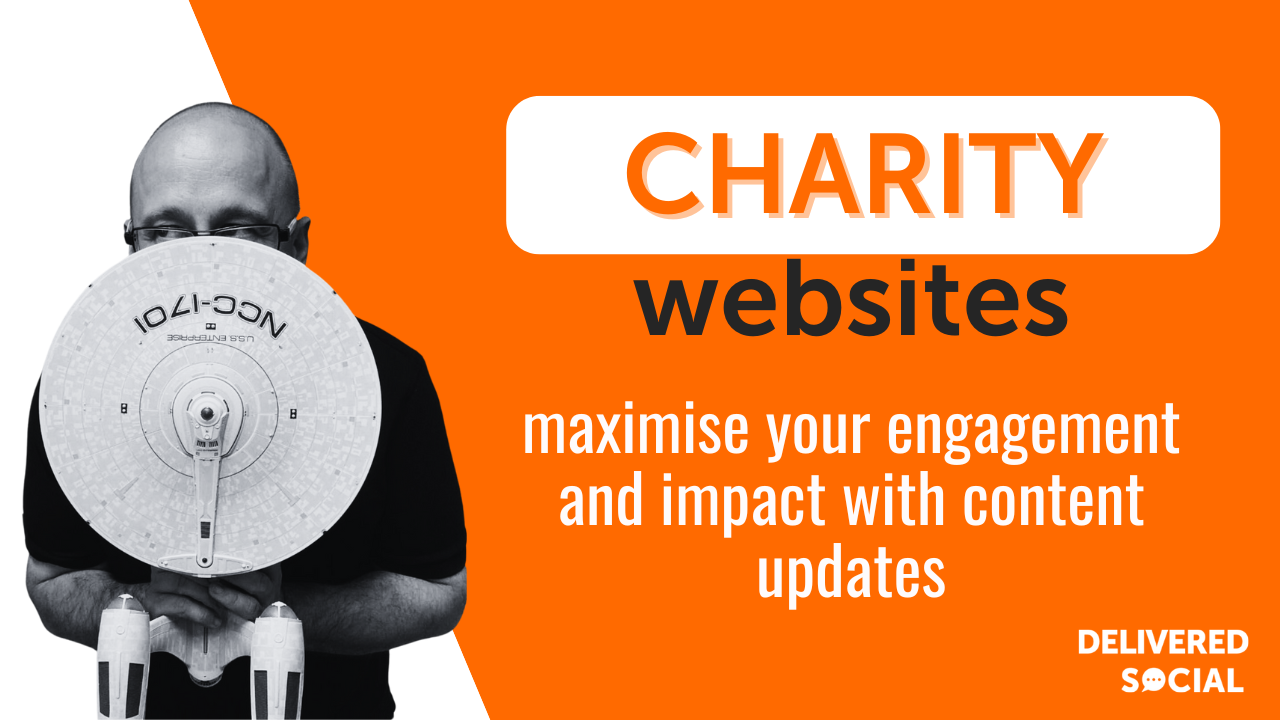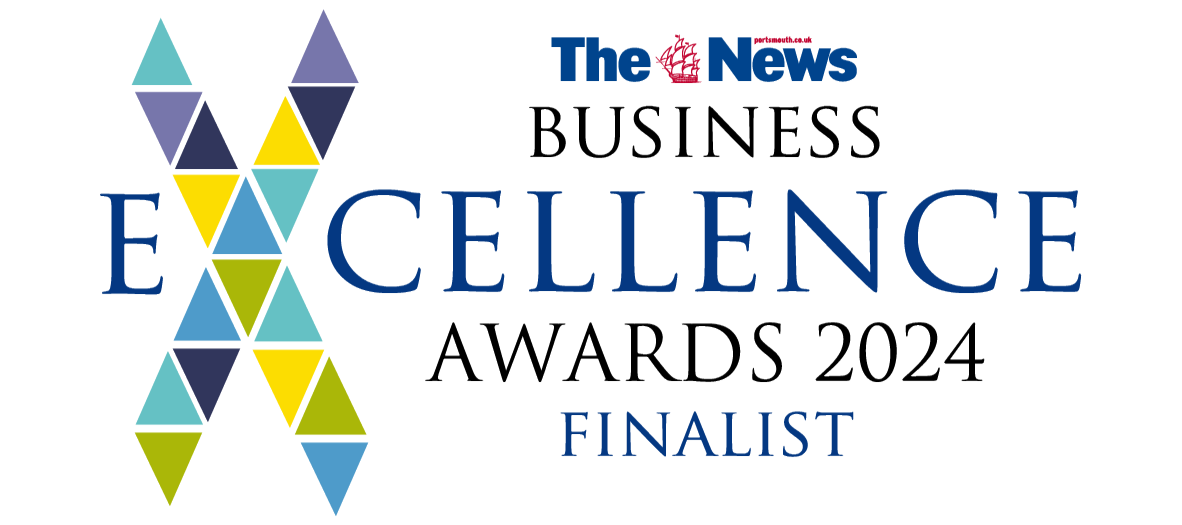
Keeping your charity website current is essential for building trust, encouraging donations, and keeping supporters informed. Regular charity website content updates help visitors find accurate information quickly, stay connected to your cause, and take meaningful action. Whether you’re adding new stories, updating event details, or refreshing donation pages, every change can improve user experience and support your goals. This article will show you how to make updates that not only reflect your mission but also increase engagement and impact. With a clear plan and consistent effort, your website can become a more effective tool for outreach and fundraising.
Audit Existing Content Regularly
Reviewing your current website material helps maintain accuracy and trust. Begin by checking each page for information that may no longer be correct. Look at dates, names, event details, and contact information. Remove or update anything that has changed or is no longer true.
Next, test all links across your pages. Broken links lead users to dead ends and reduce confidence in the site. Use a link checker tool to scan for errors quickly. Fix or replace any broken paths so visitors can move through the site without problems.
Measure how each page performs using basic analytics tools. Focus on traffic numbers, time spent on pages, and bounce rates. Pages with low visits or high exit rates might not meet audience needs anymore. These could require new content or a different layout to improve results.
Check if donation pages still match current campaigns and goals. Old appeals can confuse supporters or reduce motivation to give. Replace outdated asks with fresh ones that reflect present-day efforts.
Review blog posts and news articles too. Make sure stories still reflect your organisation’s mission today. Some older posts might need updates to stay useful for readers now.
Content should also match the tone of your cause today—not just how it sounded when first published years ago. Rewrite sections if needed so they speak clearly to today’s supporters.
Regular checks help keep things consistent across all areas of the site—from homepage banners to project descriptions deep inside the navigation menu.
Ongoing reviews support stronger messaging over time while improving user experience with every visit made easier by accurate content flow.
Routine evaluations play an important role in charity website content updates because they ensure nothing gets overlooked as priorities shift or services change within the organisation’s mission cycle over months or years of operation.

Highlight Impact with Storytelling
Real stories help people understand what your charity does. Sharing experiences from those who benefit from your services, volunteer their time, or support through donations can make a strong impression. These accounts show the real results of your efforts and give visitors a reason to care.
Start by collecting simple stories from individuals connected to your mission. Ask them to describe what changed in their lives because of your organisation’s support. Focus on events that had clear outcomes—someone finding housing, receiving medical help, or gaining access to education. Keep the language natural and use direct quotes when possible.
Place these stories where users will see them quickly. Feature one on the homepage or create a dedicated section for personal journeys. Use photos or short videos if available, but only if they add value and context to the written content.
Make sure each story connects directly back to how supporters helped make it happen. Show how donations led to supplies being delivered or how volunteers created safe spaces for children. This link between action and result builds trust with readers.
When working on charity website content updates, rotate these stories often so returning visitors see new examples of progress. Include dates and locations where relevant, but protect privacy when needed by changing names or details.
Use storytelling not just for emotional appeal but also as proof of effectiveness. Readers want clarity about where their money goes and what changes follow their involvement. Personal accounts deliver that without needing complicated data or long reports.
Regularly ask team members in different roles—field workers, fundraisers, coordinators—to gather fresh insights from those they interact with daily. This ensures a steady stream of meaningful material that reflects ongoing impact across all areas of your cause.
Storytelling helps turn passive readers into active supporters by showing them why every contribution matters now more than ever before.
Optimise for SEO and Accessibility
Search engines rely on clear structure and relevant terms to rank pages. Use proper headings, short paragraphs, and internal links to guide both users and search bots. Include keywords that match what people search for when looking for your cause or services. Make sure these terms appear naturally in the text, titles, image descriptions, and URLs.
At the same time, content must be usable by all visitors. People with disabilities may use screen readers or keyboard-only navigation. Add alt text to images so they can understand visuals through spoken descriptions. Use high contrast between text and background so words remain visible to those with visual impairments. Avoid long blocks of text that might be hard to follow.
Videos should include captions or transcripts so individuals who cannot hear audio can still get the information. Forms should have labels linked properly so assistive tools can identify each field correctly.
When making charity website content updates, test the page using basic accessibility tools like browser extensions or online checkers. These can help find missing tags or broken headings quickly.
Use simple language where possible without lowering clarity. This supports users with learning difficulties as well as people whose first language is not English.
Avoid links that only say “click here” — instead describe what will happen when someone selects them, such as “download our annual report.” This helps both screen reader users and search engines understand link purpose better.
Balancing keyword use with accessible design leads to stronger performance across all audiences. Search visibility improves while more people stay longer on your site because it works well for their needs.
Incorporate Real-Time Updates and News
Sharing timely information helps keep visitors interested. Supporters want to know what’s happening now, not last month. Posting current news, campaign progress, and upcoming activities encourages people to return often. It shows that the organisation is active and engaged.
Adding updates about fundraising milestones or new goals helps build trust. When donors see progress in real time, they feel involved. They understand how their support makes a difference. This can lead to more regular giving and stronger participation.
Event announcements should be posted as soon as details are confirmed. Share dates, locations, ticket links, or volunteer needs clearly. When events change or sell out, update the page quickly. This avoids confusion and builds confidence in your communication.
Use a consistent format for updates so visitors can find key information fast. Include short headlines with clear dates to improve readability. Keep language simple and avoid long blocks of text.
Feature recent news on the homepage or a dedicated section of the site. Make it easy for users to spot changes since their last visit. A “What’s New” area can help highlight fresh posts without needing extra clicks.
Encourage staff members or volunteers to contribute short reports from events or campaigns in progress. These don’t need to be long—just factual summaries with photos when possible.
By using charity website content updates that reflect real-time developments, organisations stay relevant and connected with supporters’ interests today—not yesterday.
Timely reporting also supports social media sharing efforts by linking back to updated pages on the site itself. This creates more traffic while keeping messaging aligned across platforms.
Regular updates signal activity and reliability—two things that matter when people decide where to give their time or money next time they visit your site again later this week or next month.

Prioritise Mobile-Friendly Design
More people now use phones and tablets to visit websites. This change affects how visitors interact with your charity’s online presence. If your site is not easy to use on a small screen, users may leave quickly. That can lower support, reduce donations, and limit awareness.
A mobile-friendly layout helps users find what they need without effort. Menus should be simple and touch-friendly. Buttons must be large enough to tap easily. Text should be readable without zooming in or scrolling sideways. All images and videos need to load properly across devices.
Focus on fast loading times for mobile users. Slow pages lead to high exit rates. Compress files where possible and avoid elements that take too long to appear on screen. Test each page often using tools that show how it performs on both phones and tablets.
Make forms short and efficient so users can fill them out quickly with their thumbs. Donation pages especially must offer quick steps with fewer fields and clear instructions.
Think about when people might access the site from their phone—during breaks, commutes, or while multitasking at home. They want direct answers fast: how to give money, who benefits from it, what events they can join, or how they can help in other ways.
All charity website content updates should include checks for mobile usability as part of the process. Review every new section or feature before going live across all screen sizes—not just desktop monitors.
By making sure your content works well on smaller screens, you open more doors for engagement—even during short visits from busy supporters checking in while away from a computer screen.
Schedule Charity Website Content Updates Strategically
Timely updates help your charity stay visible online. When you post new content often, search engines notice. This can improve how your site appears in search results. Fresh material also gives visitors a reason to return. It shows that your organisation is active and working on current projects.
Set a clear plan for when and what you will update. You might choose to post once a week or twice a month, depending on your team’s capacity. Use a content calendar to track upcoming events, campaigns or achievements that deserve attention on your site. Linking updates with these real activities keeps the information relevant and useful.
Avoid posting just for the sake of it. Each update should serve a purpose—whether it’s sharing progress, announcing an event, or reporting outcomes from recent efforts. These types of posts help build trust with both donors and volunteers who want to see where their support goes.
Rotate between different kinds of content to keep things balanced. For example, one month could feature a volunteer story, while another highlights donation impact data or project milestones reached by the team. This variety helps maintain interest without overwhelming readers.
Make sure each update is easy to read and straightforward. Break text into short sections with headings so users can scan quickly if needed. Add photos or charts when possible for added clarity.
Strategic planning ensures that charity website content updates align with real-world actions and supporter interests alike. A steady stream of targeted posts signals consistency while reducing long gaps that may cause visitors to lose interest over time.
Staying organised allows teams to prepare ahead rather than rush at the last minute. Planning also makes it easier to involve multiple contributors across departments who may have valuable stories or data worth sharing on the site regularly.
Driving Engagement Through Consistent and Strategic Content Practices
To truly connect with supporters and amplify your mission, charity website content updates must be intentional and impactful. Regular content audits ensure relevance, while storytelling brings your cause to life. SEO and accessibility enhancements expand your reach, and real-time updates keep your audience informed and engaged. A mobile-friendly design ensures seamless access across devices, and scheduling updates strategically helps maintain momentum. By implementing these practices consistently, charities can boost engagement, strengthen trust, and drive meaningful action. Make every update count—your digital presence should reflect the heart of your mission at every touchpoint.
Interested In Working Together?
Introducing Delivered Social. We’re The Most-Rated Digital Agency In Surrey & Hampshire – We’ve Got To Be Doing Something Right.
Delivered Social is a digital marketing agency with one mission—to help businesses grow. We’re famous in Guildford and Portsmouth for our social clinics. We believe in free advice. We build lasting relationships because our team prides itself on being helpful, which our clients appreciate.
If you are looking for a new website or an agency to manage your social media presence, we can help.
If you need something slightly different, here's a super handy list of all our services, or you can always email us.



















